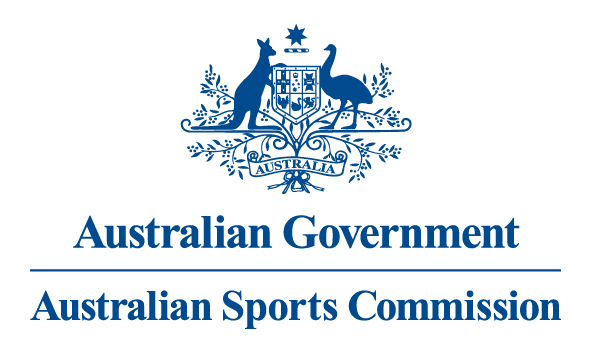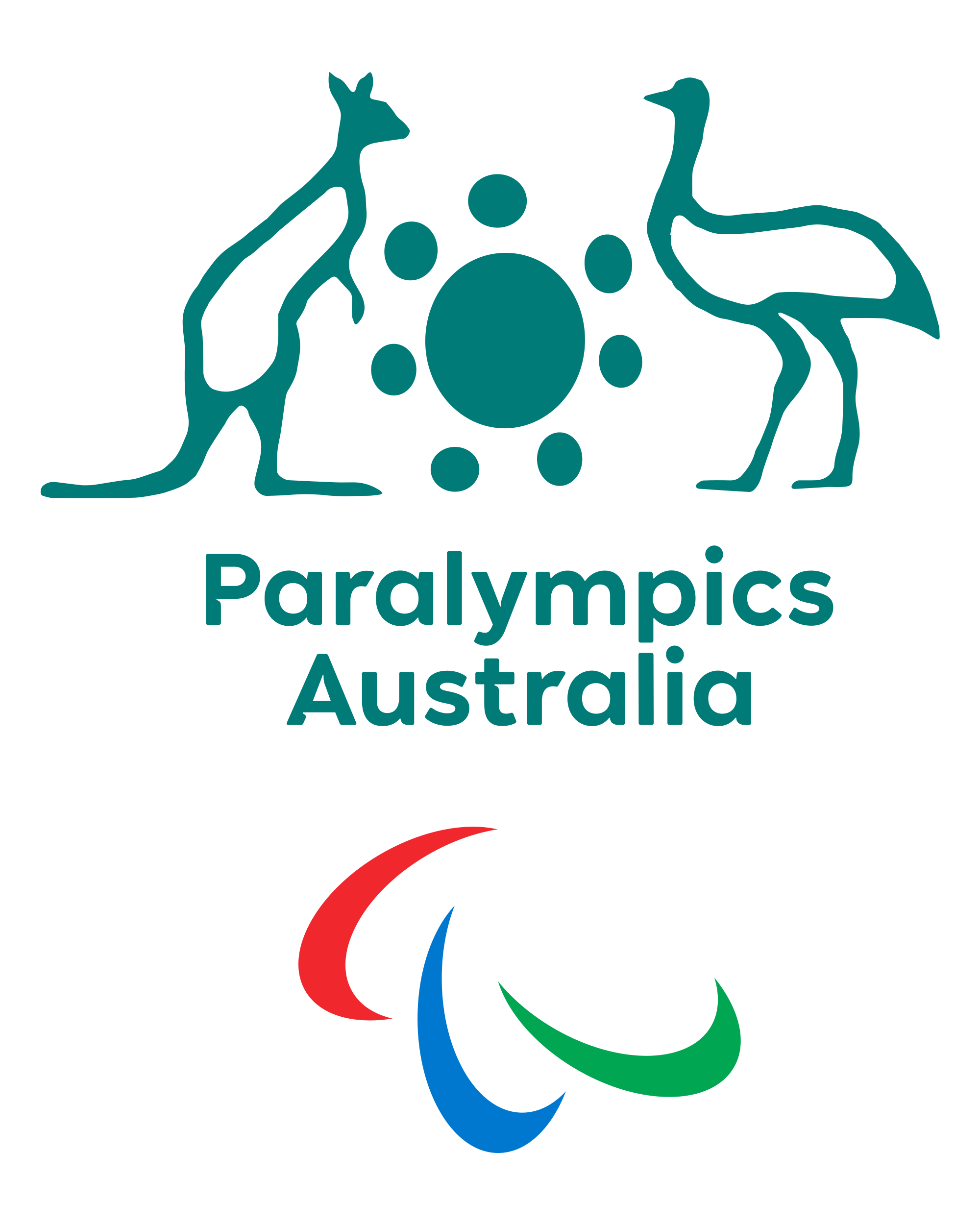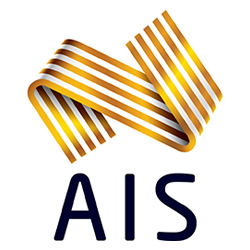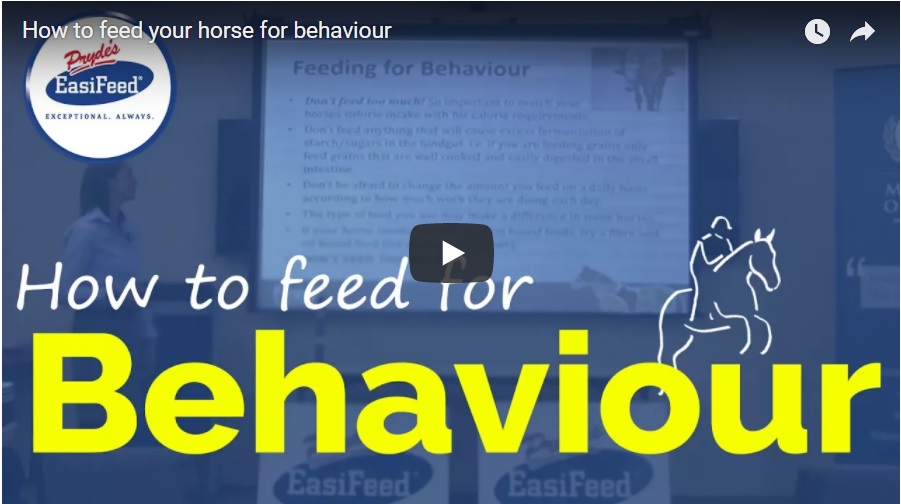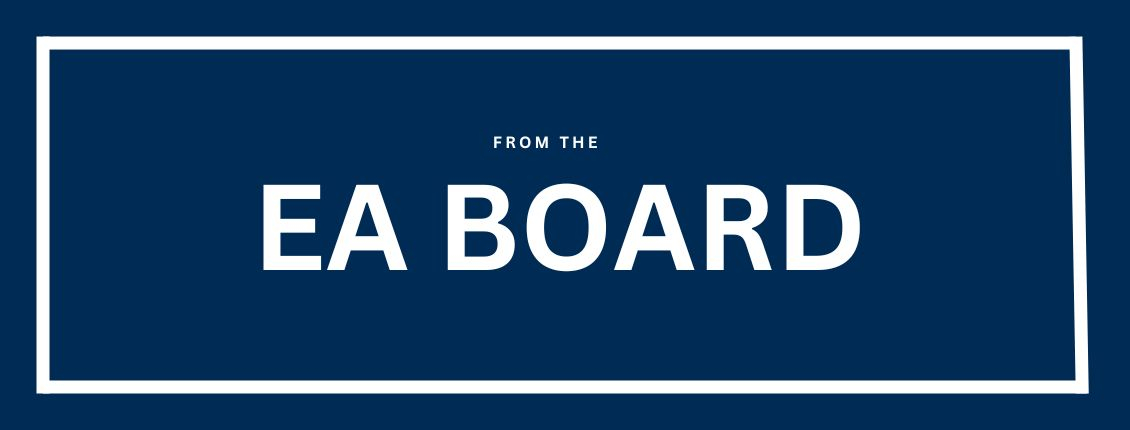
Statement from the Board of Equestrian Australia
Background on Northern Territory (NT) Status and the Equestrian Queensland Motion
Ahead of the upcoming Special General Meeting scheduled for Friday, 15 November, Equestrian Queensland (EQ) has submitted a motion to:
- Grant voting rights to Equestrian Northern Territory (ENT) members, who lack full voting rights, and
- Designate ENT as a state branch.
The Equestrian Australia (EA) Board is providing background on EQ’s motion and clarifying our position to members.
Governance and Democratic Principles in Sport
The Sports Commission, Australian Olympic Committee, and FEI emphasise democracy in governance, advocating for equal influence among all members. Under these principles, structures that give certain groups disproportionate voting power, such as Clause 40 of the EA Constitution, may be seen as undemocratic. Currently, Clause 40 allows the state branches more influence over EA decisions than individual participating members.
EA's Commitment to “One Member: One Vote”
Equestrian Australia supports the “One Member: One Vote” principle and is committed to future amendments that ensure equal voting rights for all members. While we recognize the positive intent behind EQ’s motion, we believe it does not align fully with the purpose of equal representation and instead creates inequity by introducing an additional branch. For these reasons, we plan to vote against the amendment.
The Evolution of NT's Membership Status
During EA’s Voluntary Administration, KordaMentha proposed a constitution that allocated an equal vote to each individual member and each state branch. However, before 2020, the ENT chose to relinquish its state branch status, opting to be administered under EQ, setting a unique precedent.
Key Clause in the Draft Constitution
At the second creditors' meeting, KordaMentha presented a draft constitution containing Clause 39, intended to ensure that any constitutional amendment would require a simple majority from voting members across at least three branch territories. This approach balanced the influence of larger states with the voices of smaller states and remote members. Approximately 78% of those who voted, representing 13% of members/creditors, supported this draft.
Adoption of the “Veto” Clause
Despite this initial support, the creditors’ decision was subsequently altered. Influence from the majority of state branches, excluding EQ, led to the replacement of Clause 39 with the “Veto” clause (Clause 40), which requires five branches to approve any constitutional amendment. This shifted the power to alter the constitution primarily to the branches, explicitly excluding ENT from this decision-making authority.
Current Status of NT Members
Since 2020, ENT’s branch status has been only quasi-recognised, allowing ENT residents to vote or attend meetings solely as members of EQ. The current constitution does allow for ENT members to have full EA member rights, simply by transferring to the administration of EQ. A similar situation exists in New South Wales, where ACT members do not have their own branch.
EA’s Proposed Democratic Model
EA supports a governance model where each member holds equal voting rights, removing any differential voting power among branches or individuals. We are committed to advocating for ENT members to be recognised as EA members within a proposed national restructure, enabling their participation in EA’s decision-making processes without introducing further administrative layers.
Our Position on the EQ Motion
The Board’s vote against the motion aligns with our aim to achieve member inclusion through a structured, national approach rather than through isolated amendments. We believe ENT should attain full recognition as EA members through upcoming governance reforms, ensuring alignment with democratic principles.
This position reflects EA’s commitment to a unified voting system, encouraging reform that establishes a truly democratic framework where each member has one equal vote, with no differential voting rights extended to any group or individual.
The above information is also available in the pdf below:


